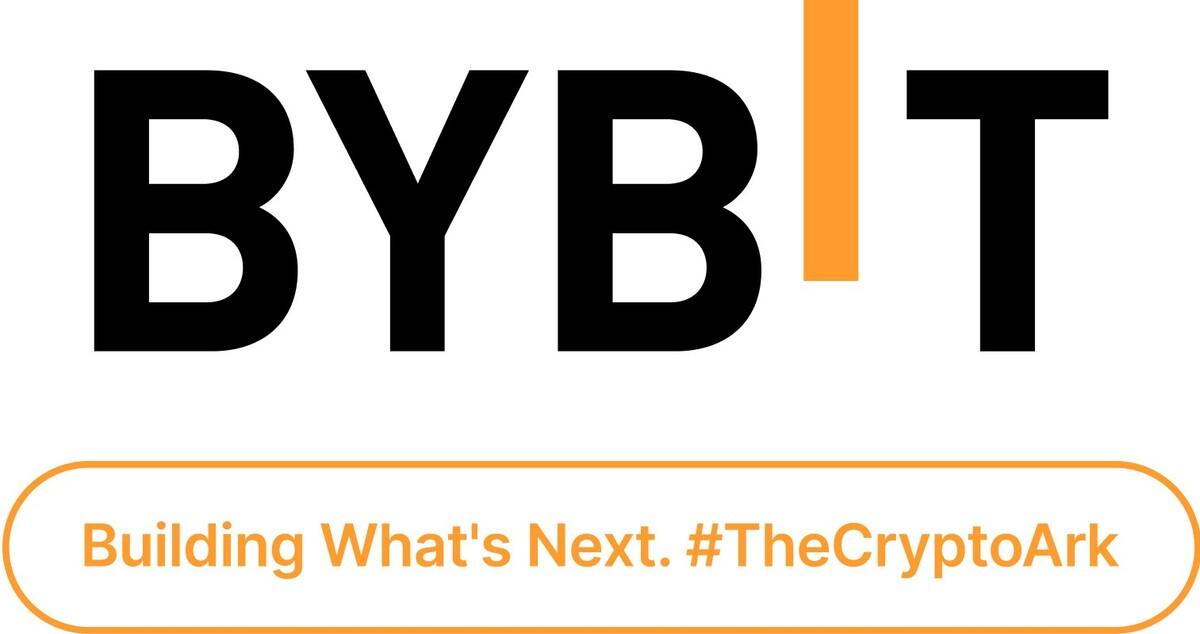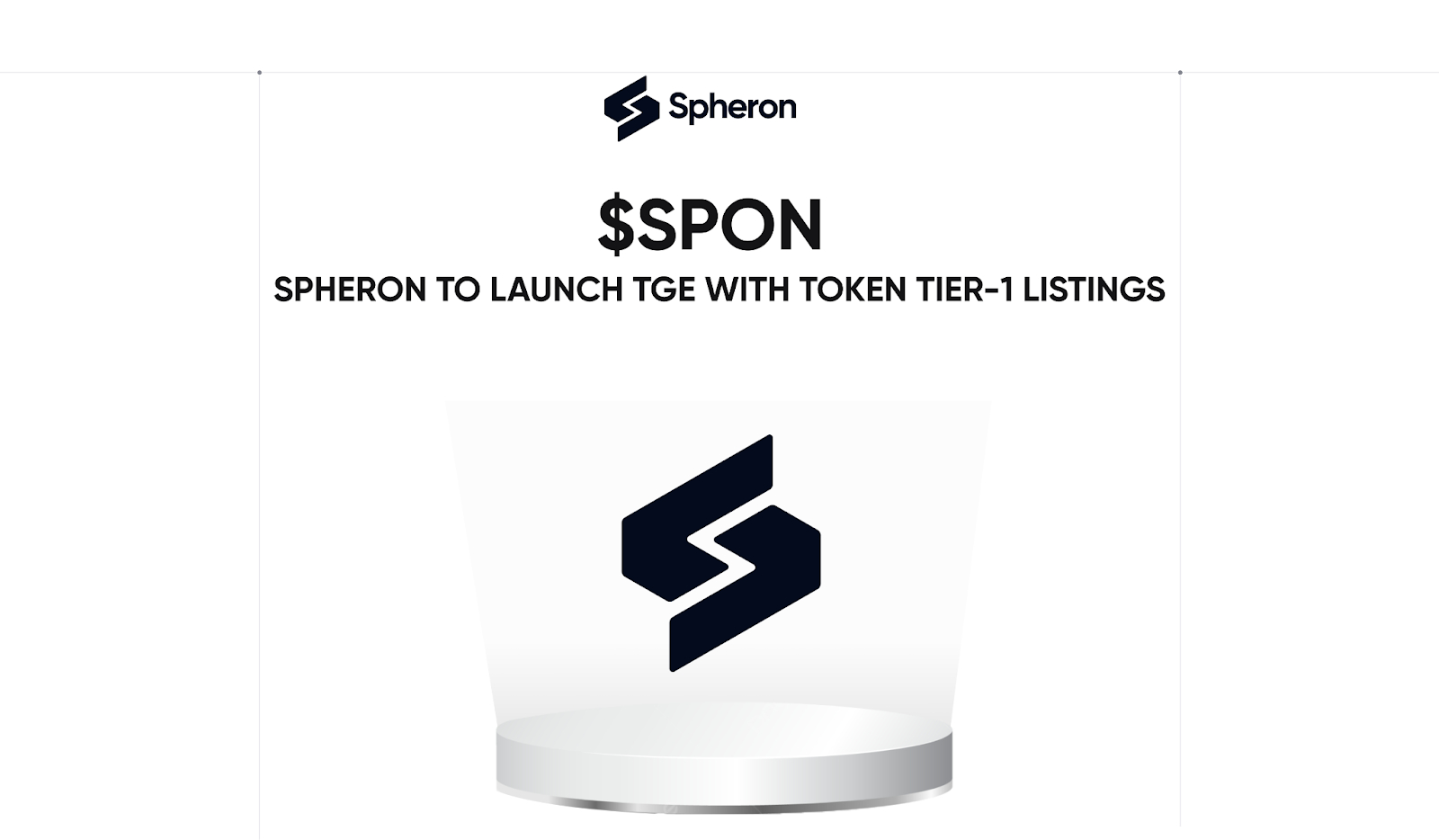Solana operates on a Proof-of-Stake mechanism (Solana staking), maintaining decentralization as SOL token holders validate transactions. This prevents any single user from wielding undue influence, rewarding token holders who secure the protocol by participating in staking.
What is Solana Staking?
Solana staking is a process through which holders of the SOL token actively participate in the Solana blockchain’s Proof-of-Stake (PoS) consensus mechanism. In this mechanism, participants, known as validators, validate transactions and add new blocks to the blockchain, ensuring the legitimacy of the network’s operations.
When SOL token holders engage in staking, they delegate or assign some or all of their tokens to specific validators. This act of assigning tokens to a validator is called “delegating.” It’s important to note that delegating tokens to a validator doesn’t transfer ownership or control of the tokens; the token holder retains full control.
SOL Token Holders Earn Rewards
In return for participating in the staking process, token holders earn rewards. The rewards serve as an incentive for token holders to actively contribute to the security and stability of the Solana blockchain. By allocating their resources to the network, stakers play a crucial role in the functionality and overall health of the blockchain.
Solana’s staking system is designed to create a decentralized and secure network while providing token holders with a way to earn additional tokens through staking rewards. Staking has become an essential aspect of many blockchain ecosystems, fostering community engagement and supporting the sustainable growth of the network.
How Does Staking Solana Work?

Staking Solana involves actively participating in the Solana blockchain’s Proof-of-Stake (PoS) consensus mechanism. Here’s a step-by-step breakdown of how staking on Solana works:
- Proof-of-Stake Mechanism
- Token Holder Participation
- Delegating Tokens
- Earning Rewards
- Network Contribution
- Decentralization and Control
- Earnings and Incentives
Solana, like Ethereum, uses a PoS mechanism. Validators, participants in the network, process transactions and add new blocks to the blockchain, ensuring the network’s security and integrity.
Individuals holding SOL tokens can engage in staking. By staking, they contribute to the network’s operations and security.
Stakers delegate or assign some or all of their SOL tokens to specific validators. This process is known as “delegating.” Importantly, delegating tokens doesn’t transfer ownership or control; the staker retains full control.
In exchange for delegating their tokens, stakers receive rewards. These rewards serve as an incentive for stakers to actively participate in securing the Solana network. The more tokens staked, the higher the potential rewards.
By staking, participants actively contribute to the stability and functionality of the Solana blockchain. Their involvement strengthens the network’s security and ensures the smooth processing of transactions.
Staking on Solana helps maintain a decentralized network, preventing any single user from gaining excessive control. Token holders, despite delegating, retain full control over their tokens.
Stakers earn additional SOL tokens as rewards for their participation. These incentives encourage ongoing engagement and support the overall health and growth of the Solana ecosystem.
Staking Solana provides an avenue for token holders to actively engage with the network, earn rewards, and contribute to the decentralized nature of the blockchain. It’s a mechanism that aligns the interests of individual token holders with the overall security and success of the Solana ecosystem.
How To Stake Solana?

There are three ways you can go about staking Solana:
- DIY (Do it Yourself)
- Staking on Exchanges
- Solana Staking Pools
Staking Solana involves a series of steps to actively participate in the Solana blockchain’s Proof-of-Stake (PoS) mechanism. Here’s a guide on how to stake Solana:
- Acquire SOL Tokens
- Choose a Wallet
- Transfer SOL to Your Wallet
- Connect Your Wallet to a Staking Platform
- Explore Staking Options
- Delegate Your SOL Tokens
- Monitor Staking Performance
- Withdraw Staking Rewards
- Consider Unstaking
- Stay Informed
Obtain SOL tokens through a cryptocurrency exchange or other means.
Select a Solana-compatible wallet that supports staking. Popular choices include Sollet, Ledger, and Solflare.
Transfer the acquired SOL tokens to your chosen Solana wallet.
Use your selected wallet to connect to a Solana staking platform. This could be a decentralized finance (DeFi) platform or a dedicated staking service.
Research different staking options available on the chosen platform. This may include running your own validator node, staking directly on exchanges, or participating in staking pools.
Choose a validator or staking pool and delegate your SOL tokens to them. This involves assigning some or all of your tokens to a specific validator. Remember, this process doesn’t transfer ownership or control of your tokens.
Keep track of your staking performance through the staking platform or your chosen wallet. This includes monitoring rewards, staking duration, and any other relevant metrics.
Periodically, you can withdraw your staking rewards. These rewards are typically distributed based on your participation and the overall performance of the network.
If you decide to unstake your tokens, initiate the unstaking process through the staking platform. Keep in mind that unstaking may have a waiting period before you can access your tokens.
Stay informed about Solana’s network upgrades, changes in staking protocols, and any other developments that may impact your staking activities.
Setting up your own validator node involves creating a server for Solana’s proof-of-stake consensus. However, this option presents challenges:
- Hardware Costs: Robust hardware, including a fast CPU, substantial RAM, and ample storage space, is necessary.
- Technical Complexity: Maintenance includes technical tasks like software updates, potentially challenging for less tech-savvy users.
- 24/7 Uptime: Validators need high uptime, requiring investment in backup systems and reliable internet connectivity.
Benefits of Staking Solana

Staking Solana offers a range of benefits, making it an attractive option for cryptocurrency holders. Here are key advantages of staking Solana:
- Earn Passive Income
- Network Security
- Decentralization
- Community Engagement
- Flexibility in Staking Options
- Economic Incentives
- Contribution to Governance
- Diversification of Crypto Portfolio
- Predictable Returns
- Alignment with Eco-Friendly Practices
Stakers receive additional SOL tokens as rewards for participating in the network. This passive income serves as an incentive for holding and staking SOL.
Stakers play a vital role in securing the Solana blockchain. By actively participating in the Proof-of-Stake consensus, they contribute to the network’s stability and resilience against potential attacks.
Staking promotes decentralization by distributing the validation process among individual token holders. This prevents any single entity from gaining undue control over the network.
Staking fosters active involvement in the Solana community. Token holders become stakeholders in the network’s success, aligning their interests with the overall growth and development of Solana.
Solana offers various staking options, allowing participants to choose between running their own validator node, staking directly on exchanges, or participating in staking pools. This flexibility accommodates different preferences and technical capabilities.
The staking mechanism is designed to align the interests of participants with the long-term success of the Solana network. Economic incentives, in the form of staking rewards, encourage continued engagement and commitment.
Some staking models provide participants with governance rights, allowing them to vote on network upgrades and proposals. This gives stakers a say in the evolution of the Solana blockchain.
Staking SOL offers a way to diversify a cryptocurrency portfolio. While holding SOL, participants can earn additional tokens, adding variety to their digital asset portfolio.
Staking rewards in Solana are often predictable, providing stakers with a clear understanding of the potential returns on their investment. This predictability can be advantageous for long-term planning.
Proof-of-Stake mechanisms, like the one employed by Solana, are generally considered more energy-efficient compared to Proof-of-Work systems, contributing to eco-friendly blockchain practices.
Staking Solana not only offers financial rewards but also allows participants to actively contribute to the network’s growth and security, fostering a sense of community engagement and shared success.
Best Solana Staking Pools
Here are some of the top Solana staking pools.
| Platform | APY | Fees |
|---|---|---|
| Jito | 6.96% | Rewards fee of 4%SOL withdrawal fee of 0.10% |
| BlazeStake | 6.23% | Instant withdrawal fee: 0.3%Delayed withdrawal fee: 0.1%Epoch fee: 5% |
| JPool | 6.96 | 5% of rewards per epoch |
| Socean | 7.25% | Withdrawal fee of 0.06% Ongoing management fee of 2% on returns |
| StaFi | 5.72% | 10% commission on rewards |
Risks of Staking Solana
Staking Solana comes with its own set of risks, and potential stakers should be aware of these factors before deciding to participate. Here are some risks associated with staking Solana:
- Market Volatility
- Slashing Risks
- Smart Contract Risks
- Network Risks
- Protocol Changes
- Operational Risks
- Liquidity Risks
- Regulatory Risks
- User Error
- Project Risks
The value of SOL tokens can be highly volatile. Stakers may be exposed to market fluctuations, and the value of their staked assets can change rapidly.
In proof-of-stake systems, including Solana, validators can face penalties (slashing) for malicious activities or system errors. This can result in the loss of a portion of the staked tokens.
Some staking options involve interactinhttps://coincu.com/c/knowledge/g with smart contracts. Smart contracts, while designed to be secure, can still be vulnerable to exploits, bugs, or vulnerabilities.
The Solana network may experience technical issues, downtime, or attacks. Validators may face challenges in maintaining consistent uptime, affecting staking rewards.
Updates and changes to the Solana protocol can impact staking rules and rewards. Stakers should stay informed about protocol developments that might affect their staking activities.
Running a validator node or participating in certain staking pools involves technical operations. Issues such as hardware failures, connectivity problems, or software errors can disrupt staking activities.
Staked tokens are often subject to lock-up periods, and accessing them may require unstaking, which can have a waiting period. This lack of immediate liquidity can be a concern, especially in volatile markets.
Cryptocurrency regulations can vary globally. Changes in regulations may impact the legality or profitability of staking activities.
Users participating in staking should be cautious and ensure they follow correct procedures. Mistakes in the staking process, such as incorrect delegation or withdrawal, can lead to financial losses.
The success and security of staking may depend on the overall success and security of the Solana blockchain. Any issues, controversies, or vulnerabilities in the Solana project can impact staking.
It’s crucial for potential stakers to conduct thorough research, understand the specific risks associated with the chosen staking method, and stay informed about the broader cryptocurrency and blockchain landscape. Diversification, cautious risk management, and staying updated on Solana’s developments can help mitigate some of these risks.
Conclusion
The Solana ecosystem presents diverse SOL staking options: running personal validator nodes, staking on exchanges, and engaging in staking pools.
Staking on exchanges suits those avoiding technicalities and self-custody responsibilities. On the other hand, staking pools accessible via self-custodial wallets provide a secure method for stakers preferring asset control while contributing to Solana.
Before diving in, educate yourself on staking fundamentals, compare fees, and assess security measures. Potential stakers must also grasp the associated risks, including the possibility of slashing, ensuring an informed staking experience.
| DISCLAIMER: The information on this website is provided as general market commentary and does not constitute investment advice. We encourage you to do your own research before investing. |























